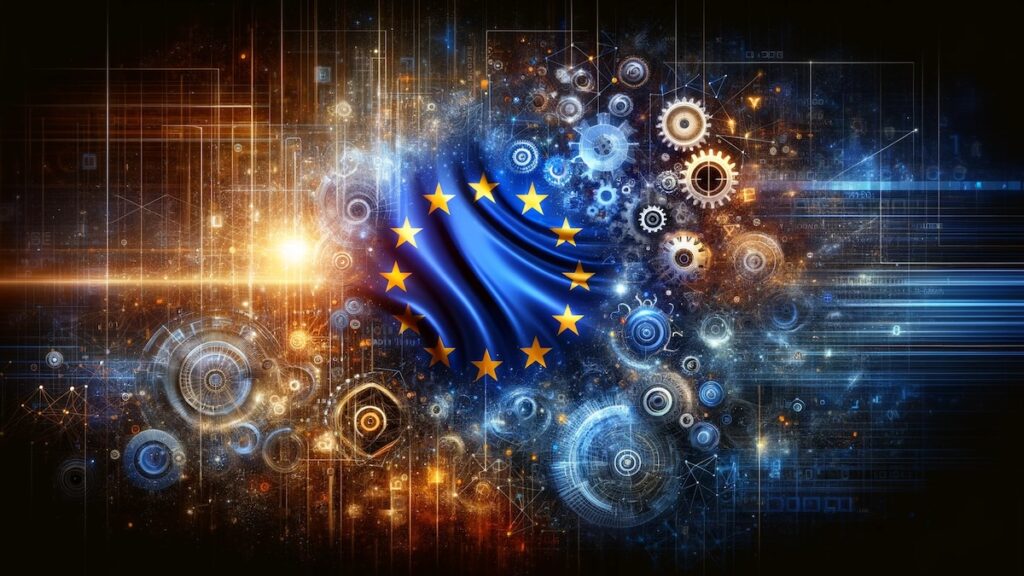
May 29, 2024 at 08:12AM
Digital attacks on the EU, including election-related services, have doubled, with many linked to Russian-supported groups following the invasion of Ukraine. ENISA’s top official revealed the rise in hacktivist attacks and warned of AI-enabled disinformation threats. Experts are working to anticipate emerging digital threats, emphasizing the need for cybersecurity to become a societal priority.
Key takeaways from the meeting notes are as follows:
– Disruptive digital attacks, often linked to Russian-backed groups, have doubled in the European Union in recent months, especially targeting election-related services since Russia’s invasion of Ukraine on Feb. 24, 2022.
– Juhan Lepassaar, head of the European Union Agency for Cybersecurity (ENISA), highlighted the significant increase in hacktivist attacks against European infrastructure, with a particular focus on causing disruptions.
– Election security has been a major concern, with attempts to harden the resilience of election-related agencies in the EU. There has been a surge in ransomware attacks and incidents targeting public institutions, with attack methods often being tried out in Ukraine before being expanded to EU countries.
– Artificial intelligence tools, including deepfakes, are being used to target Western voters with misleading or false information at an accelerating speed and scale.
– U.S. and European experts are collaborating to anticipate emerging digital threats and vulnerabilities over the decade, with specific attention to areas such as food production, satellite management, and self-driving vehicles.
– Lepassaar emphasized the need for digital security to become second nature to designers and consumers, comparing it to the awareness and alertness required in everyday traffic environments.
These takeaways provide a comprehensive understanding of the current cybersecurity landscape and the challenges being faced by the EU and its member states.